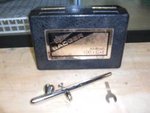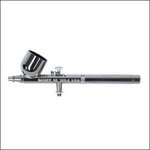r2800doublewasp
Senior Airman
Hi,
My friend and I are planning to both go in and buy an air brush together after saving up enough money. I just have a few questions on what are good airbrushes to get for a beginner.Moreover, what I would really like to know is the typical stuff: How to use it, what paints do you use, how to clean it and take care of it etc.
Thanks,
Jack
My friend and I are planning to both go in and buy an air brush together after saving up enough money. I just have a few questions on what are good airbrushes to get for a beginner.Moreover, what I would really like to know is the typical stuff: How to use it, what paints do you use, how to clean it and take care of it etc.
Thanks,
Jack



